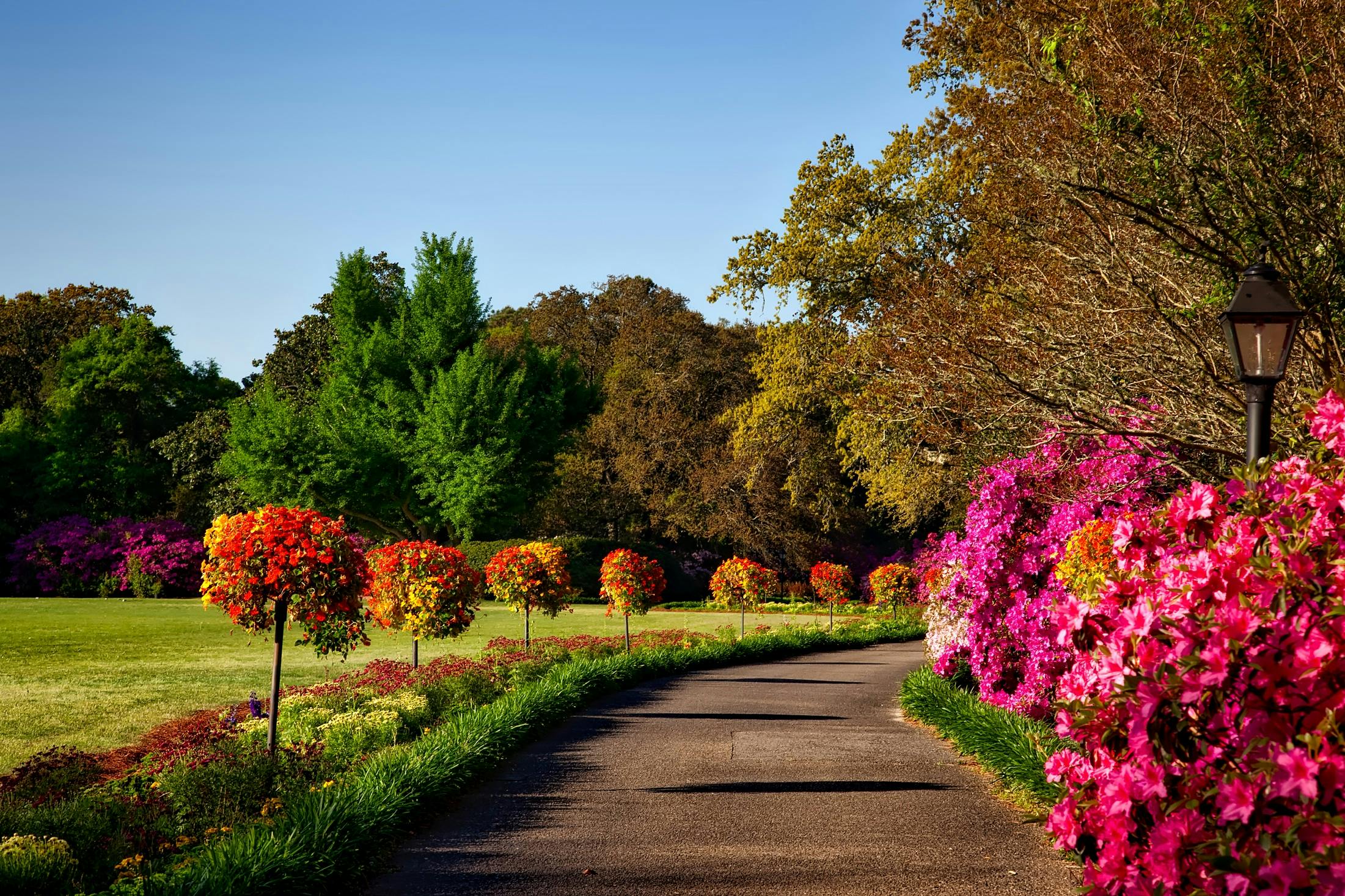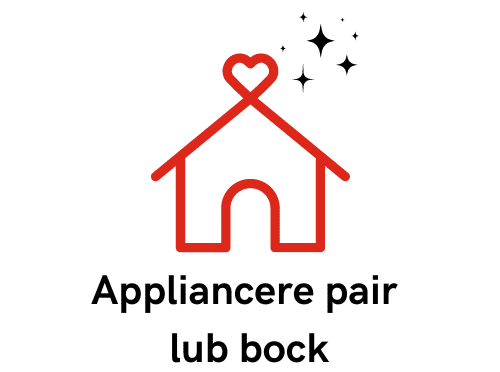What is the best way to set up a vertical hydroponic garden in a UK apartment?

A vertical hydroponic garden is an excellent solution for those of you wanting to maximise your limited space, introduce a touch of green to your indoor environment, and grow your own fresh produce all year round. With this garden system, you can transform your small apartment into a green oasis and sustainable farm.
But, how do you set up one in a UK apartment? This article will guide you through the process of setting up your own vertical hydroponic garden and highlight the factors you need to consider for success.
Sujet a lire : What are the most practical features for a UK dog-friendly backyard?
Understanding Hydroponics
Before embarking on your indoor gardening project, it's beneficial to understand what hydroponics is. Hydroponics is a method of growing plants without soil, using mineral nutrient solutions in a water solvent. It's a soil-less growing technique that offers you the ability to grow plants in smaller spaces and control the nutrients your plants receive.
In a hydroponic system, plants are grown in an inert growing medium and perfectly balanced pH nutrient solution is delivered directly to the roots. This allows plants to allocate more energy to growth above the root level, resulting in faster growth and larger yields.
Avez-vous vu cela : How can you use old English architectural elements in a UK modern office space?
Choosing the Right Hydroponic System
There are several types of hydroponic systems available, but for indoor residential use, a vertical hydroponic system, also known as a hydroponic tower, is the most efficient. Its vertical design allows you to grow more plants in a limited space, making it perfect for apartment living.
Hydroponic towers consist of a series of stacked pots or platforms where plants are grown. The nutrient-rich water is pumped from the bottom reservoir to the top of the tower, then trickles down, feeding each plant in turn.
When selecting a hydroponic tower, consider the size, the type of plants you plan on growing, and the light source. Make sure the system is compact enough to fit in your available space, and that it can accommodate the size and number of plants you intend to grow.
Preparing Your Indoor Space
The area you choose for your vertical hydroponic garden should have enough light exposure, be close to a water source and be temperature controlled. If natural light is insufficient, you may need to supplement it with artificial grow lights.
Ensure that the space has adequate ventilation as plants need fresh air to grow. Improve ventilation by installing a small fan to circulate air. Monitor the room temperature as most plants grow best in a temperature range of 18-24°C.
Selecting Your Plants
When deciding what plants to grow, consider your personal preferences, available light, and temperature conditions. Most plants will thrive in a hydroponic system as long as they are properly cared for. However, herbs such as basil, mint, and parsley, leafy greens like lettuce and spinach, and small fruiting plants like cherry tomatoes and strawberries, are particularly well suited to vertical hydroponics.
Maintaining Your Hydroponic Garden
Once you have your system set up and your plants selected, it's all about maintenance. Regularly check your plants for signs of pests or disease. Monitor the pH level of the water to ensure it remains in the optimal range for nutrient absorption, usually between 5.5 and 6.5 for most plants.
Regularly refill the nutrient solution and clean your hydroponic system to prevent the build-up of algae, which can harm your plants.
Indoor gardening with hydroponics offers you the opportunity to grow plants year-round in a controlled environment. Although it requires an initial investment and ongoing care, the rewards – fresh, home-grown produce and the satisfaction of nurturing your own garden – make it well worth the effort.
Additional Considerations and Tips for a Successful Set-Up
When setting up your vertical hydroponic garden, it might seem daunting at first, but with careful planning and preparation, it becomes an exciting and rewarding indoor gardening project. Here are some additional factors and recommendations to consider that will set you up for success.
Location: Choose a well-lit, temperature-controlled area, as close to a water source as possible. If natural light is not sufficient, supplement with grow lights. Ensure the space is well-ventilated; a small fan can aid in air circulation.
Tower Garden and Net Pots: Use a vertical hydroponic system, also known as an aeroponic tower, for the most efficient use of space. Make sure it fits in your chosen area and can accommodate the number and size of plants you plan on growing. Net pots can be used to hold the plants in the tower.
Growing Medium: Instead of soil, use an inert growing medium such as coconut coir or perlite. This medium will anchor the plant roots while allowing for the optimal absorption of the nutrient solution.
Nutrient Solution: Ensure the pH level is kept in the optimal range for plant growth, typically between 5.5 and 6.5. Refill the nutrient solution regularly and clean the system to prevent algae build-up.
Plant Choice: Consider your personal preferences, light availability, and temperature. Herbs, leafy greens, and small fruiting plants are particularly well-suited to vertical hydroponics.
Conclusion: Vertical Hydroponic Garden in a UK Apartment
With the growing popularity of vertical farming, setting up a hydroponic garden in a UK apartment is not only possible but also a rewarding venture. It offers an opportunity to grow fresh produce all year round, requires minimal space, and adds a touch of green to your living space.
The process involves understanding hydroponics, choosing the right hydroponic system, preparing the indoor space, selecting suitable plants, and maintaining the garden. Remember that the success of a vertical hydroponic garden relies heavily on providing the right conditions for your plants to grow. This includes adequate light, ventilation, temperature control, a suitable growing medium, and the right nutrient solution.
By following these guidelines, you're well on your way to transforming your UK apartment into a thriving indoor garden with a vertical hydroponic system. Whether you're growing herbs for your kitchen, leafy greens for your meals, or simply adding house plants for aesthetics, hydroponics is an excellent way to make the most of your indoor space. Happy gardening!
